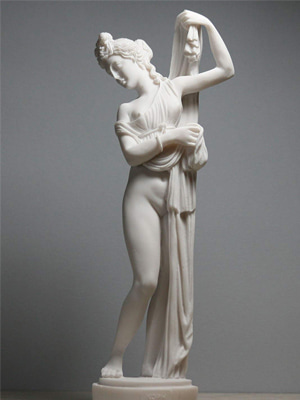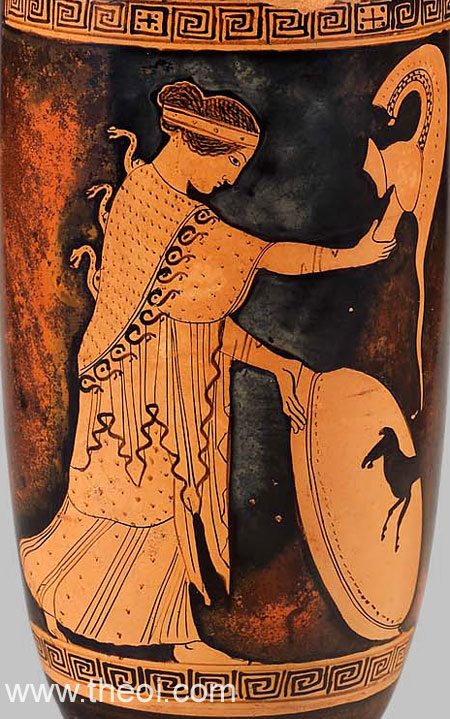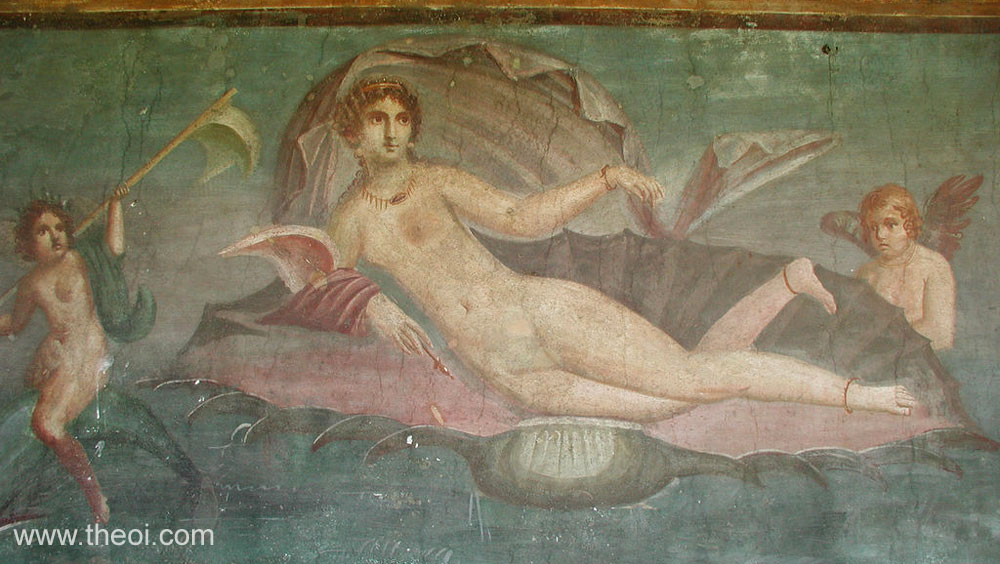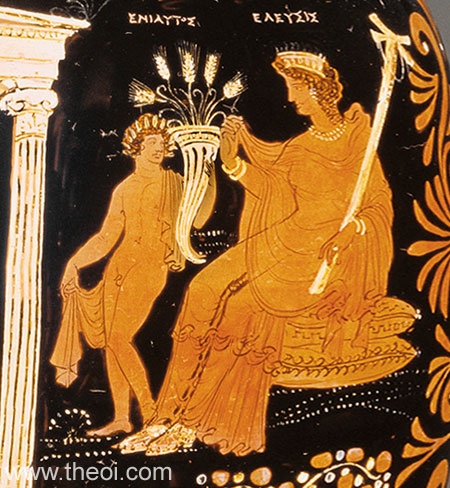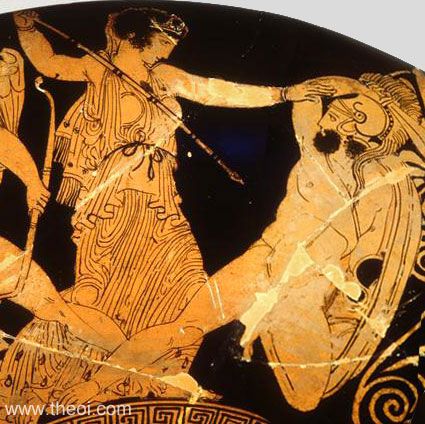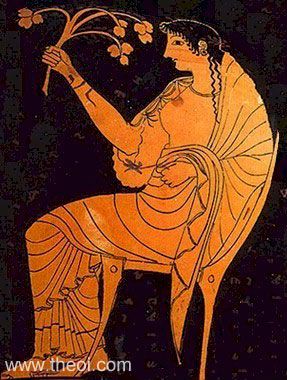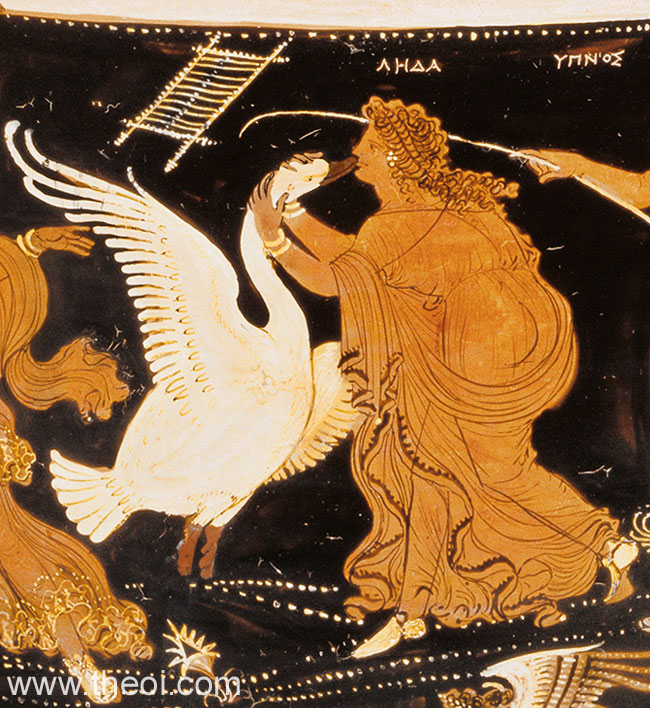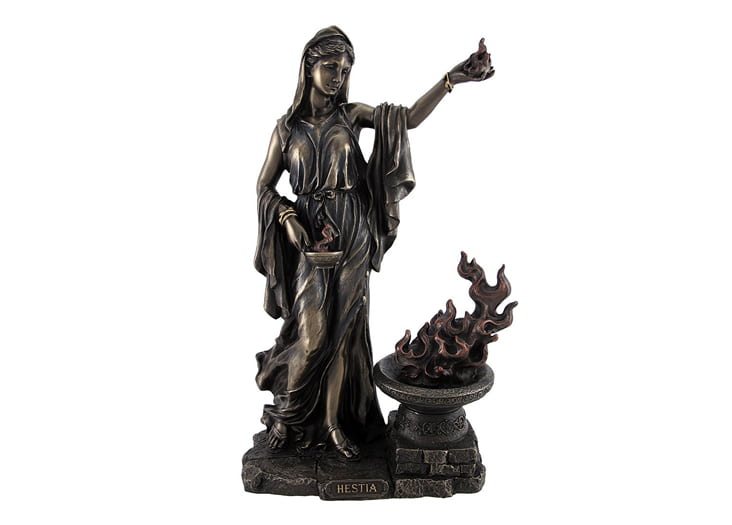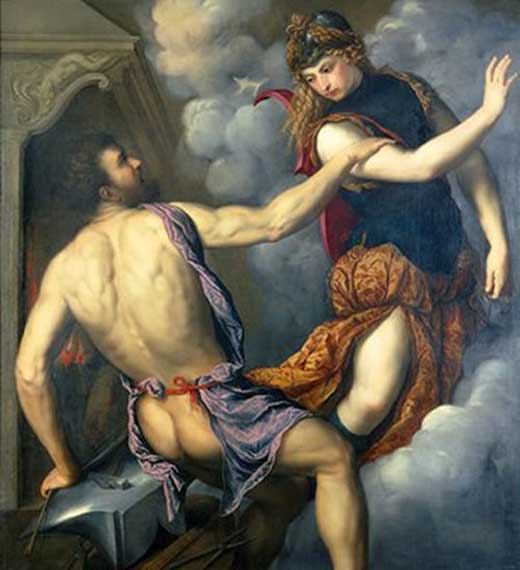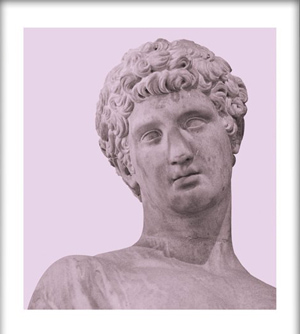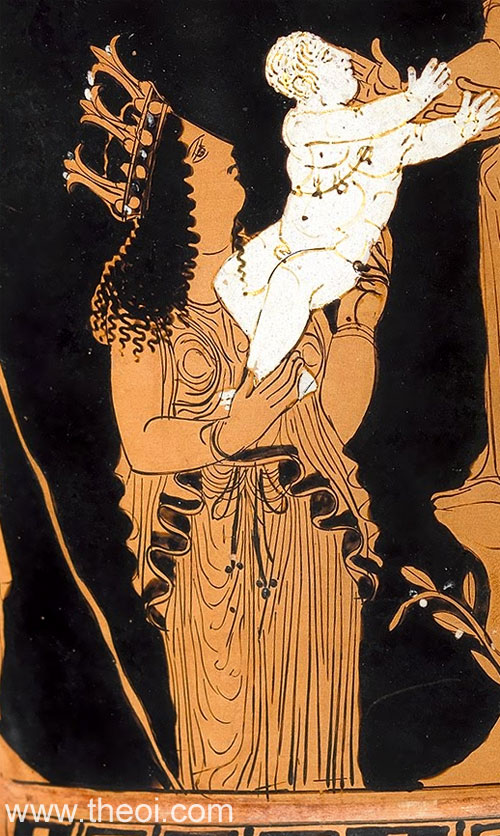
One of the most important figures that appear inside Greek mythology is Gaia. However, not very many people know much about her. She might not be found in many ancient Greek mythologies, but there are a few that mention this famous goddess. Without her, the world wouldn’t have been created, the Titans wouldn’t have existed, and so much more wouldn’t have been created for Greek mythology to start.
In this article, we’re going to explore Gaia’s role in Greek mythology and how she relates to other divine beings.
Who is Gaia?
When reading through Greek mythology, Gaia is the primordial – the first – mother or earth goddess and is one of the gods that ruled over the universe before anything existed, including the Titans.
Reading through the creation myth, you find out that Chaos existed before everything else. He consisted of Darkness, Mass, and Void in confusion, and then the Earth took the shape of Gaia the Greek goddess. The starry heavens, the form of the sky god Uranus, the rivers, seas, plains, and mountains all came from Gaia.
Gaia Greek Goddess Myths
She first appeared as a divine being in Homeric poems, such as the Illiad. In this poem, people would sacrifice black sheep to her and declare oaths to invoke her.
Then comes Hesiod, a Greek historian, who wrote about the union of Gaia and Chaos which led to the creation of Uranus. Then Gaia and Uranus birthed the Oceanus, the Titians, the Giants, and the rest of the world.
Uranus ultimately decided that he wanted to stop Gaia from making anything else, so he imprisoned his children inside her womb. This made Gaia angry, which led to her allegiance with her Titan son Cronus and overthrowing Uranus.
Cronus, wielding an iron sickle that was made by Gaia, attacked Uranus. He castrated him, and the drops of Uranus’ blood fell onto Gaia, the earth, and became seeds of the Erinyes (the spirits of punishment), the Melian nymphs, and the Gigantes.
There is another myth that after attacking Uranus, Cronus threw his organs into the ocean. The mixing of the sea foam and the blood is what created Aphrodite.
However, after Cronus’ cruelty, Gaia switched her allegiance to Zeus because Cronus had imprisoned the same children that Uranus had and wanted nothing but domination. Gaia spoke of a prophecy that one of the sons of Cronus would overthrow him on the throne because of his distrust. Because of this prophecy, Cronus swallowed all his children to prevent him from being dethroned.
However, Zeus was hidden, and once he had grown up, went to his father and made him release his siblings, and together Zeus and his brothers and sisters overthrew their father.
Zeus’s overthrowing of his father Cronus was the end of the Titans. However, Gaia would struggle with Zeus too. For instance, she was infuriated by the binding of her Titan sons in Tartarus, so she gave birth to the group of Giants and then a monster named Typhoeus, a storm giant, to try to dethrone Zeus – however, none of them were successful. As a final attempt to overthrow Zeus, Gaia told him that the next son to be birthed by Metis would overthrow him. So, Zeus swallowed Metis and from his head sprang Athena.
Other versions of the myth show Gaia as the mother of all creation; mortal creatures were born from her earthly skin, the Giants were created from her mating with Tartarus (the Pit), the sea-gods were birthed from her union with Pontos (the Sea), and the heavenly gods came from her union with Uranus (the Sky).
Gaia Greek Goddess
There is a Greek vase painting that portrays Gaia as a motherly and buxom figure which is rising from the earth but is inseparable from her element. There are also some mosaic pieces of art that show Gaia as a full-figured woman who is lying on the land, clothed in green and surrounded by the Seasons and fruit.
Gaia is the source that arose the vapors that produced celestial inspiration and was seen as an oracular divinity. She was also said to have had the oracle of Delphi in her possession first.
Gaia Greek goddess was seen as an all-nourishing and all-producing mother.
Gaia had temples in Phlyus, Tegea, Bura, Olympia, Delphi, Sparta, Athens, and so many more cities. Because she gave off a mother like presence, she watched over oaths, marriages, and was honored as a prophetess.
Five Facts About Gaia
Now that you know who Gaia was and what she stood for in Greek mythology let’s talk about five facts about Gaia that you probably didn’t know about.
- Gaia’s name can also be found spelled as Gea, Gaea, and Gæa.
- In Roman mythology, she was known as Tellus or Terra and was still seen as a goddess personifying the Earth. The names Tellus Mater and Terra Mater both translate to “Mother Earth” in Latin; Mater is a title bestowed on other goddesses.
- Gaia may have been worshipped in Greece as a mother goddess before the Greekspresented the cult to Zeus.
- Gaia was described as the nourisher of young children and plants and as the giver of dreams.
- In the modern world, Earth scientists use the term Gaia to describe the earth as a complex living organism.
These are only five of the many facts that you can find about Gaia, the Greek goddess. However, with the myths and origin story that we’ve provided earlier in this article, we’re sure that you’ll be able to find a few more facts that you might not have known.
Final Thoughts
Gaia is the Mother Earth; she is the reason that the mountains, seas, plains, rivers, the god Uranus, and the starry heavens were formed. She might not be mentioned in a ton of Greek myths, but that’s because she was around before even the Titans were formed. She is one of the most important primordial goddesses in Greek mythology.
